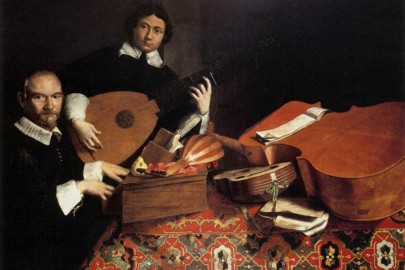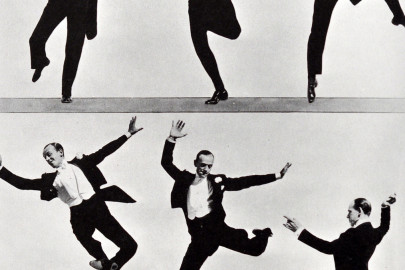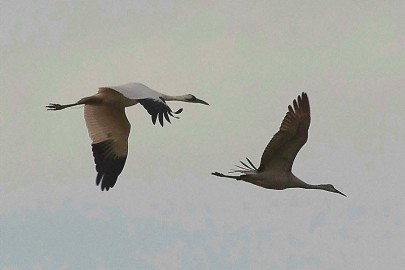Some greats of gospel, soul, jazz and teen melodrama this week, with the music that inspired Amy Winehouse…
In 2006, just a few months before she hit the big time (and subsequent triumphs and disasters) with the terrific Back to Black album, the late Amy Winehouse travelled to to Dingle, a remote town hard on the Atlantic in County Kerry, Eire. There she sang her new material in front of just 85 people, which is the capacity of the tiny church used to film the cult Irish music TV series, Other Voices.
The episode recently featured in the BBC’s Arena strand and the programme is well worth a watch if you get the chance – not just for Amy’s (exceptional) performance but for the post-gig interview in which she discusses her musical influences – gospel, jazz, soul, hip-hop – with infectious enthusiasm and an artist’s insight. Her selections make for excellent Sunday afternoon listening – here are four of them…
Mahalia Jackson was born in 1911 in New Orleans (as Mahala – she added an extra ‘i’ later) and grew up in a three-bedroom house containing twelve other family members and a dog. She went on to become ‘the Queen of Gospel’, a major international star and civil rights activist – and she sold an astonishing number of records. The 1948 Apollo recording Move On Up a Little Higher sold eight million copies alone and was so popular that stores couldn’t stock it fast enough to meet demand.This is Didn’t it Rain…
It’s not hard to see why Amy would be drawn to Sarah Vaughan (1924-1990), whose nicknames ‘Sassy’ (for her personality) and ‘Sailor’ (for her salty language) would have been equally appropriate for Ms Winehouse. A proper jazz singer, Vaughan is the ‘voice as instrument’ concept exemplified. Here’s an upbeat Perdido…
The Shangri-Las were perhaps pop’s first ‘bad girl’ band, wrong side of the tracks etc, exploiting a lucrative niche in teen melodramas about bikers, angst and death. Winehouse describes I Can Never Go Home Anymore – about a girl who leaves her mama for a boy, the shock of which kills the poor woman (“[she] grew so lonely in the end/the angels picked her for their friend”) – as ‘the saddest song in the world’. Apparently, post-break up, Amy would play this endlessly while weeping on the kitchen floor. Not healthy.
Lastly, the very opposite of a female vocalist: Thelonious Monk. Back to Black was a Motown-ish album but in 2006 Amy still called herself as a jazz singer. It seems likely then that had she lived long enough to produce a decent catalogue she would have revisited the jazzy sound of her debut Frank. We’ll never know, but at least, thanks to the ever-expanding archives of the internet, we can effortlessly relive the past, and enjoy the greats now immortalised by Youtube. Monk is obviously on piano but equal dues must be paid to the rest of the band, espeically Charlie Rouse on tenor sax. I wonder what they might have sounded like with a female vocalist…











Was watching a programme about Mahalia Jackson on BBC4 last month, interesting lady who was best chums with Martin Luther King and whose singing in the moments prior to his famous ‘I have a dream speech’ is said to have made the speech as memorable as it was, plus the fact that she told him from the side of the stage to talk about his dream, which he ad libbed and turned into history
Now that I did not know.
Mahalia Jackson also influenced Van Morrison – and she is mentioned in his song Summertime in England: “the voice of Mahalia Jackson came through the ether.” The recording you’ve included here, Brit, is so rock n roll – must have inspired Elvis too?
Van’s ‘Other Voices’ would make a good post one week – thanks Susan.
The tragic Amy was a potentially great singer, but that, I suppose, is a statement of the bleedin’ obvious. What great influences you’ve selected, Brit.
Was there a better 20th Century female singer than Sarah Vaughan? I heard her for the first time in the mid-fifties; the song was ‘Whatever Lola Wants’. I heard it on the radio built by my dad from a blueprint drawing taken from, I think, Amateur Wireless. The radio was driven by a large battery and an acid filled accumulator; the accumulator powered the valves and had to be taken periodically to the odds and sods shop to be recharged. My mam lugged it to the shop then a few days later lugged it from the shop to the bus and from the bus to home and all to allow a pre- teenage kid the pleasure of day-dreaming as Sarah sang ‘Whatever Lola wants Lola gets and little man little lola wants you’. After that ramble, I’ve come over all nostalgic so here’s the wonderful Sarah:
http://www.youtube.com/watch?v=RMXQJGMa1w4
Thanks for that John. You should have a go at a Lazy Sunday one week.
Thanks for the invite, Brit; I look forward to having a go.